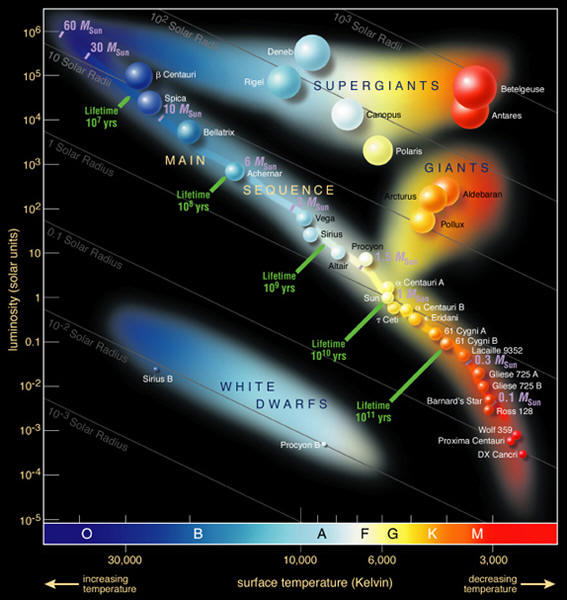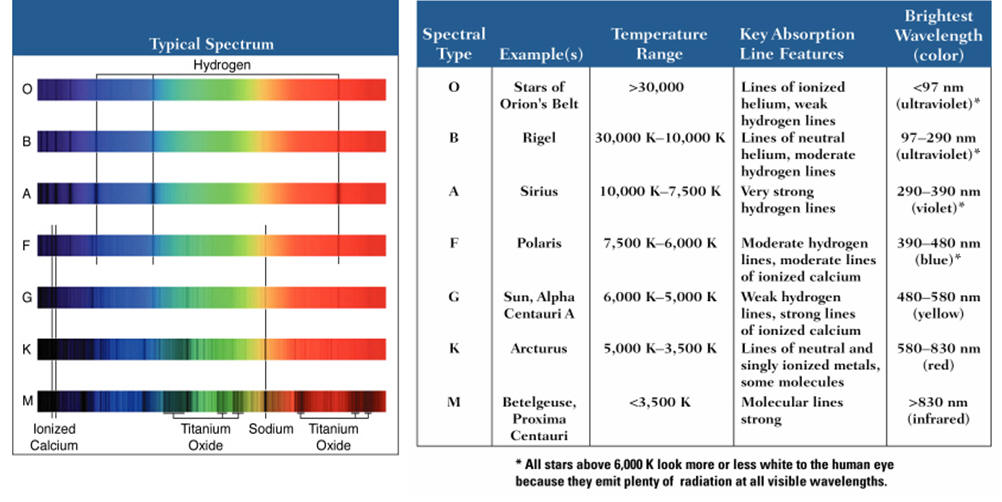Explain What the Different Spectral Classes of Stars Are
HR star classification chart. R and N type stars A number of giant stars appear to be K or M type stars but also show significant excess spectral features of carbon compounds.

Spectral Classification Of Stars
The Henry Draper Catalogue and the Bright Star Catalogue list spectral types from the hottest to the coolest stars see stellar classification.

. Our Sun is a G -class star. Originally she started out using the letters of the alphabet to designate different classes of stars A B C. A B F G K M and O.
October 28 2017 James Miller Stars 0. You will need to refer to the H-R Diagram. Recently astronomers have added three additional classes for even cooler.
For example A0 stars are the hottest within the A class followed by A1. From hottest to coldest these seven spectral classes are designated O B A F G K and M. This group is supplemented by R- and N-type stars today often referred to as carbon or C-type stars and S-type stars.
Eventually some letters were deemed unnecessary and. Absorption lines of different chemical elements are present in stellar spectra at different temperatures. Star A is therefore 22 4 times brighter than Star B.
Describe how astronomers use spectral classes to characterize stars. For the standard spectral types the spectra are sorted into luminosity classes and displayed in increasing sub-type decreasing temperature for each luminosity class. Because a stars temperature determines which absorption lines are present in its spectrum these spectral classes are a measure of its surface temperature.
While there are several star classification systems in use today the MorganKeenan MK system is both the easiest to master and the one that makes the most sense to amateur observers. Star A and Star B have different apparent brightnesses but identical luminosities. There are seven standard spectral classes.
They are often referred to as carbon stars and many astronomers collectively refer to them as C type stars. O B A F G K M. This determines the overall shape of a stars flux profile from the high energy leftward rising profile of blue Type O and B stars that peak in the ultraviolet through the relatively flat profile of white Type F and G stars that peak in the visual to the low energy rightward rising profile of red Type K and M stars that peak in the far red or infrared diagram right.
Originally astronomers classified those stars with the strongest hydrogen lines as A stars stars with the next strongest lines as B stars the next strongest C and so on. These types are designated in order of decreasing temperature by the letters O B A F G K and M. The main spectral classes for stars range from O the hottest through B A F G K and M coolest.
Star A is therefore 22 4 times brighter than Star B. Star A is 10 light-years away from Earth and appears 36 times brighter than Star B. Screenshot of the animation used for this activity Spectral classification of stars Overview Age Range.
Explain the difference between a star and a brown dwarf. The spectral types and sub-classes represent a temperature sequence from hotter O stars to cooler M stars and from. By comparing the spectra of an unknown star with spectra of selected standard reference stars a wealth of information including its colour or effective temperature can be determined.
In astronomy stellar classification is the classification of stars based on their spectral characteristics. Star A and Star B have different apparent brightnesses but identical luminosities. What are the spectral classes of stars that have the following maximum light wavelengths.
Star B is twice as far from Earth as Star A. 14 17 years Prep. Order of decreasing temperatureinto the sequence we have learned.
Using the letters O B A F G K and M stars are easily classified. That stars are made mostly of hydrogen and helium. That is spectral type A had the strongest lines B slightly weaker than A C.
Each spectral type is divided into 10 subclasses A0 A1 A2 A9 etc. Measuring colors is only one way of analyzing starlight. However some classes were eventually merged with others and not all letters were used.
About different spectral classes of stars and typical. In what region of the electromagnetic spectrum would objects with the following temperatures be best observed by a scientist s experiment. Star B is twice as far from Earth as Star A.
These types are the R N and S types. A 3 x 10-5 cm b 15 x 10-5 cm c 55 x 10-5 cm d 125 x 10-4 cm. Each of the major classes O h B e A F ine G irl K iss M e was broken up into ten subclasses.
List of Different Star Types. Stars are assigned to luminosity classes by Roman numerals. The result of decades of hard work by the Harvard astronomers was the Henry Draper Catalogue and Extension which contains classifications for over 270000 stars.
Electromagnetic radiation from the star is analyzed by splitting it with a prism or diffraction grating into a spectrum exhibiting the rainbow of colors interspersed with spectral linesEach line indicates a particular chemical element or molecule with the line strength. Revised this classification system focusing on just a few letters from the. Another way is to use a spectrograph to spread out the light into a spectrum see the Radiation and Spectra and the Astronomical Instruments chapters.
The original classification scheme used the strength of the lines of hydrogen to order the spectral types. Because Star A and Star B have identical luminosities the difference in their apparent brightness is due solely to distance. The most common spectral features are from C2 CN and CH.
Instead of starting over Cannon also rearranged the existing classesin. I for supergiants often subdivided into classes Ia-0 Ia Iab and Ib in order of decreasing luminosity II for bright giants III for normal giants IV for subgiants V for dwarfs on the main sequence defined in the illustration below and occasionally VI for subdwarfs.
List Of Different Star Types Star Classification Guide
Photometry Imaging The Universe

Star Types Classification What Are Different Types Of Stars Video Lesson Transcript Study Com
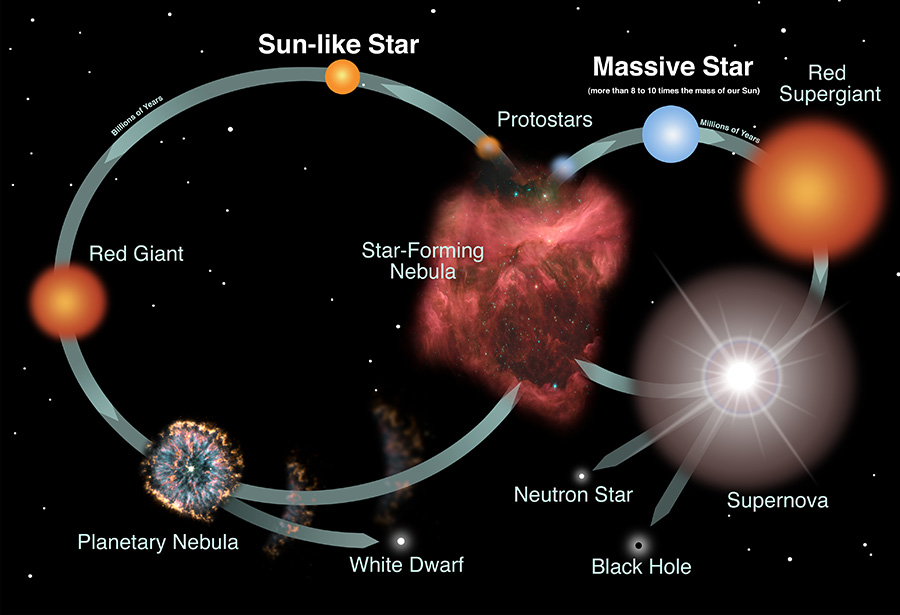
Types Of Stars Stellar Classification Lifecycle And Charts
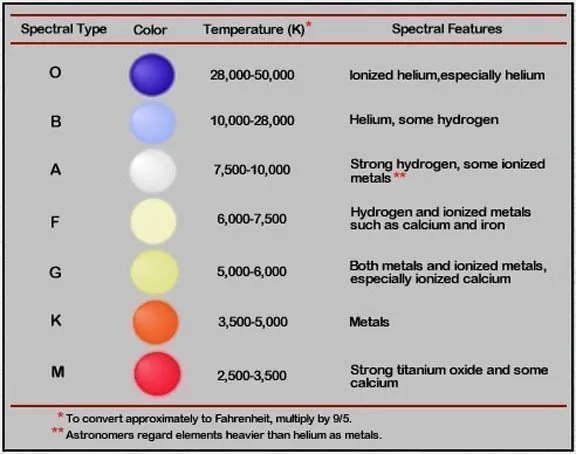
The Stellar Classification System In Astrophysics
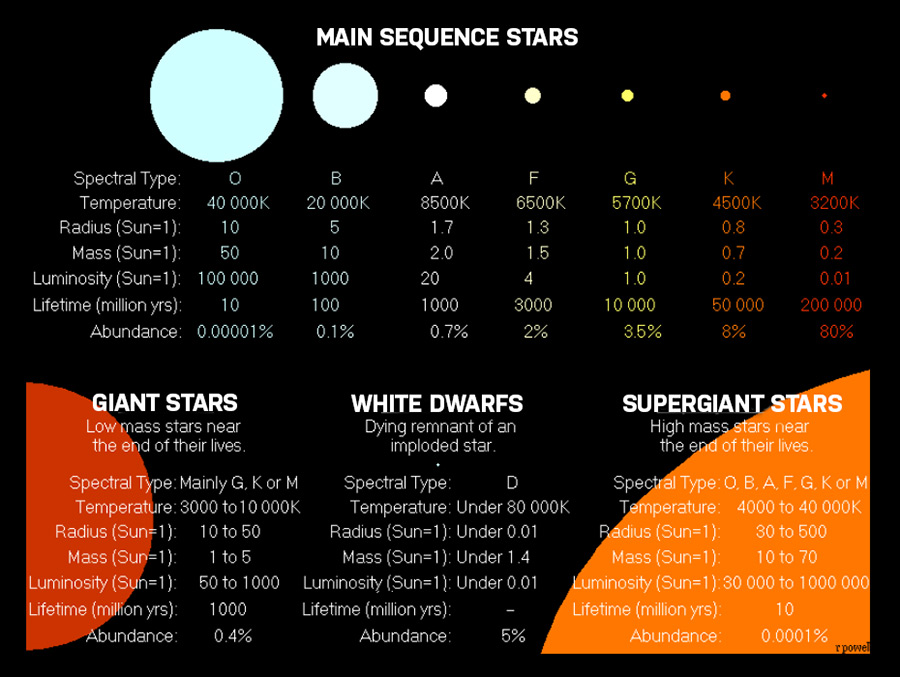
Types Of Stars Stellar Classification Lifecycle And Charts

Star What Is The Origin Of The Obafgkm Classification System Astronomy Stack Exchange

Chapter 13 Stellar Evolution Main Sequence

Spectral Classification Of Stars

Stars Spectral Classification Hr Diagram Youtube
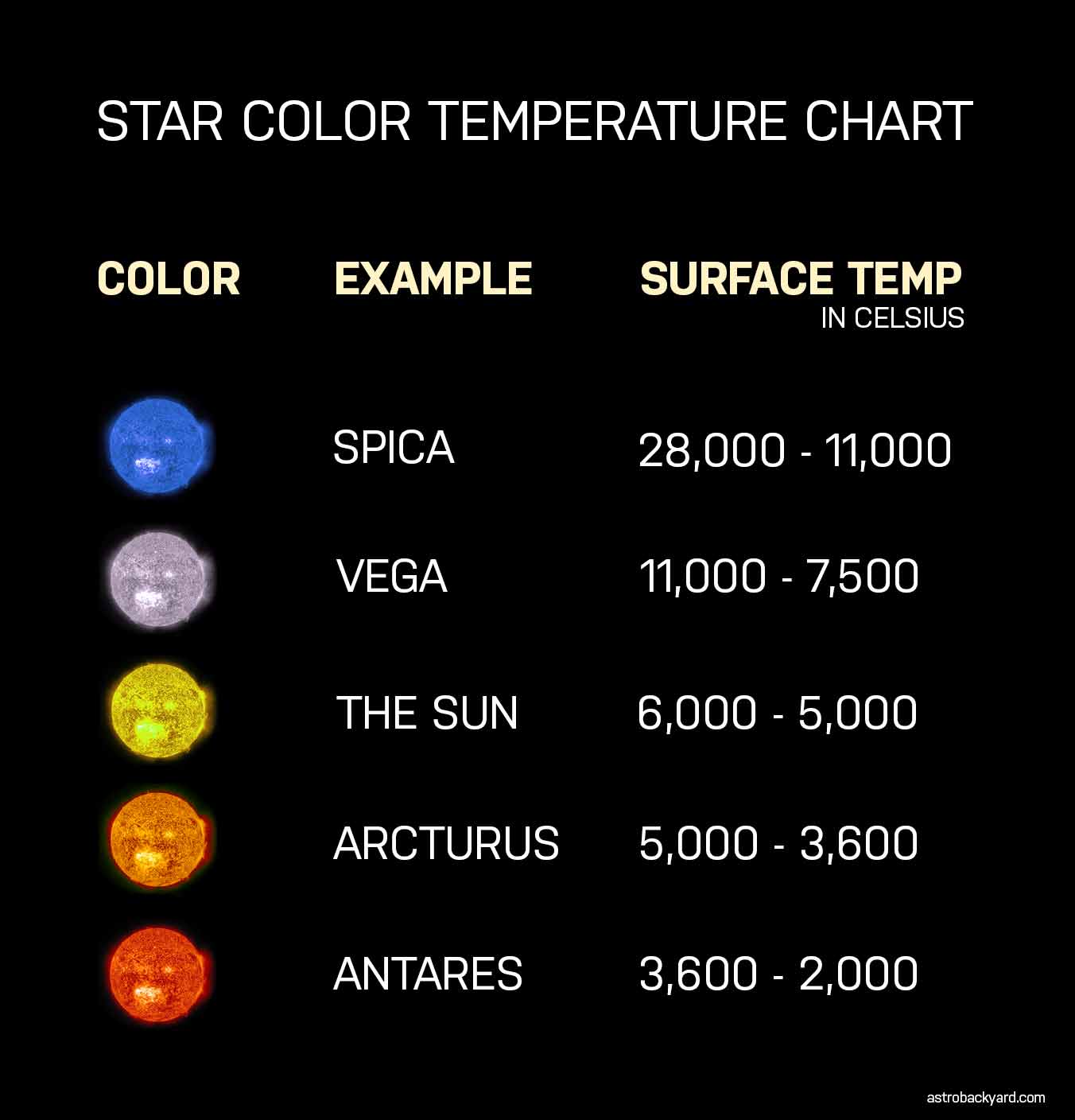
Types Of Stars Stellar Classification Lifecycle And Charts

The Spectra Of Stars And Brown Dwarfs Astronomy
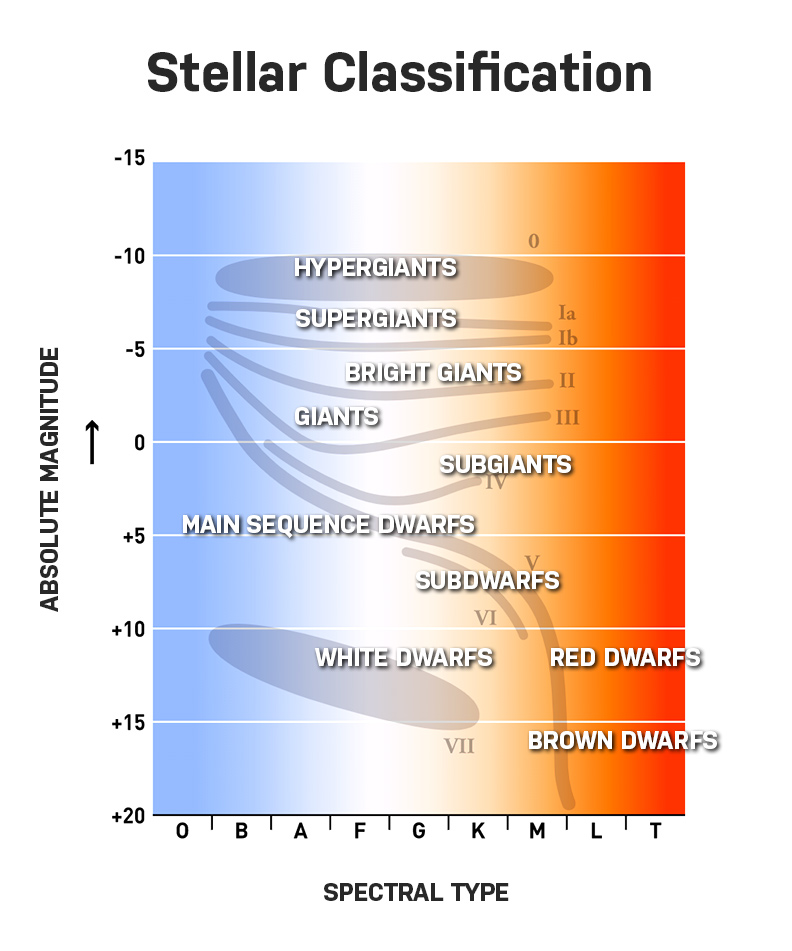
Types Of Stars Stellar Classification Lifecycle And Charts

The Spectra Of Stars And Brown Dwarfs Astronomy

List Of Different Star Types Star Classification Guide

Classification Of Stars Spectral Analysis And The H R Diagram Youtube
